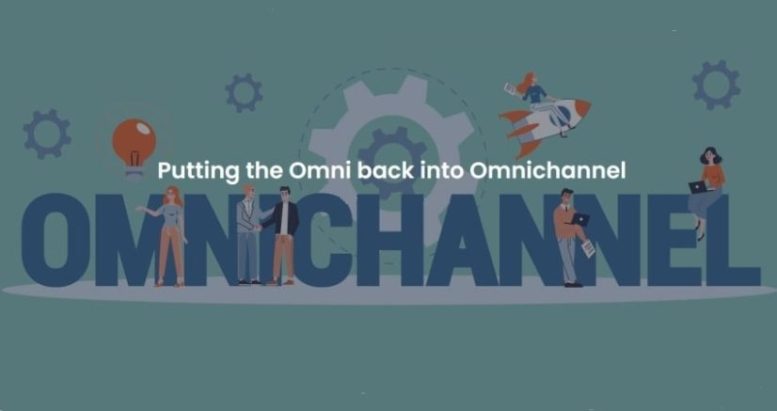Who needs Quality Management (QM) in the contact centre?
Quality Management (QM) has been used in contact centres for more than 20 years.
The classic concept of QM is manual. A random sample of recorded calls is selected. A “Quality Analyst” listens to these calls, answering questions on a form to see if they meet certain criteria.

Contact centres usually do this for the following reasons:
Active compliance monitoring: Contact centres often operate in highly regulated environments They need to check a sample of calls to be sure that their agents are complying with the regulations. Where agents fail to comply, they will some “corrective action”, ranging from “corrective coaching / training” to disciplinary action or dismissal.
Improving CSAT: Many companies provide more or less the same services as their competitors. Since Covid, contact centres have become customers’ primary means of contact and service quality has become a major competitive arena as well as a key medium to deliver company branding.
Quality Analysts use criteria which reflect compliance requirements, company policies and the company’s branding strategy to makes sure that these rules are followed.
 QM: the drawbacks
QM: the drawbacks
Classic QM has 2 key drawbacks:
Sample size: Manual QM processes rarely sample and monitor more than 1% of calls.
This does not provide sufficient data for decision making. A 1% sample rate leaves compliance officers wondering if there are 99 undiscovered violations for every compliance violation that they find.
Profitability: QM doesn’t make any money. It can be quite expensive. 90% of calls in a random sample are usually not problematic, so only 10% will provide opportunities for improving agents’ performance.
The time and money spent on monitoring calls with no problem cannot be recovered
 Hybrid Quality Management:
Hybrid Quality Management:
Speech analytics technology, such as AWS Contact Lens, can be used to automate the QM process.
Here are some QM related use cases:
Call categorisation: The machine learning powered engine categorizes calls based on key phrases and other parameters. This can be used to spot potentially problematic calls automatically that require further investigation.
Sentiment analysis: The solution can automatically find all calls where customers or agents express negative sentiment. Investigating these calls can lead to behavioural and process improvements and, more importantly, prevent the customer from voting with her feet. An agent’s negative sentiment may well indicate impending burnout. Spotting and handling this proactively may result in a happier and more productive workforce.
Real time alerts: These provide immediate notification when certain phrases are said. They might indicate a troublesome customer where the agent needs help or alert the supervisor when GDPR is mentioned.
These capabilities can be tied to monitoring form questions, so that the solution can indicate automatically that the call has met, or not met, key criteria. The system can provide up to 100% coverage.
 Why “Hybrid” and not fully automated?
Why “Hybrid” and not fully automated?
A key limitation of automated QM is that speech analytics doesn’t “understand” what is being said. It can tell if agents are saying certain phrases, it can detect how the agent and the customer feels, but it can’t tell you if the agent is giving the customer the correct information. Only a human can do that.
No contact centre leader would agree to an agent being disciplined based on a machine’s recommendation alone without manually checking the call to be sure.
This is where the “hybrid” comes in.
The humans check the automated system.
One way to do this is by calibration. A human team of evaluators will select several calls to listen to. Some of them will have high scores and be considered “good” calls. Some will have “medium” calls, and some will be identified as poor-quality calls.
Human evaluators listen to these calls. If they find errors where the machine found none, this may mean that the parameters in the automated process need updating. If they find that the machine is marking too harshly, then they may need to adjust the parameters and the scoring.
Where agents do not meet the required criteria, they will need to be given feedback by a human, who can assure the agent that she has checked the results. Agents are unlikely to accept and agree with corrective feedback from a machine.
 Use cases for hybrid QM:
Use cases for hybrid QM:
The 3 most compelling use cases for hybrid QM are as follows:
1. Active compliance management: Automating the bulk of compliance management, with human oversight, means that close to 100% of calls can be checked and nearly all non-compliant behaviour on the part of the agent can be identified and addressed.
2. Monitoring CSAT: Customer Satisfaction is a function of how the customer feels. What better way can there be to improve customer satisfaction than to monitor all calls for customer sentiment and then react accordingly when it is detected?
3. Process improvement: Analytics allow the human analyst to look at a sample of calls that is statistically significant. Comparing samples of calls shorter than Average Handling Time (AHT) with those longer than AHT can yield evidence as to the root causes of long calls. This information, when used by a skilled process improvement practitioner, can form the basis of a strategy to improve KPI performance in the contact centre, so making it more cost efficient.
What next?
If you use or are planning to use Amazon Connect, find out more about how Omningage can be integrated with Amazon Contact Lens for Amazon Connect. To learn more, contact your Amazon Connect integration partner or Omningage’s own sales directors.
OMNINGAGE is a cloud based Contact Centre Platform powered by Amazon Connect and AWS.
OMNINGAGE Connect is a next generation cloud based user desktop built for Amazon Connect which offers effortless user experience, promotes agent engagement and boosts staff productivity.
 QM: the drawbacks
QM: the drawbacks




